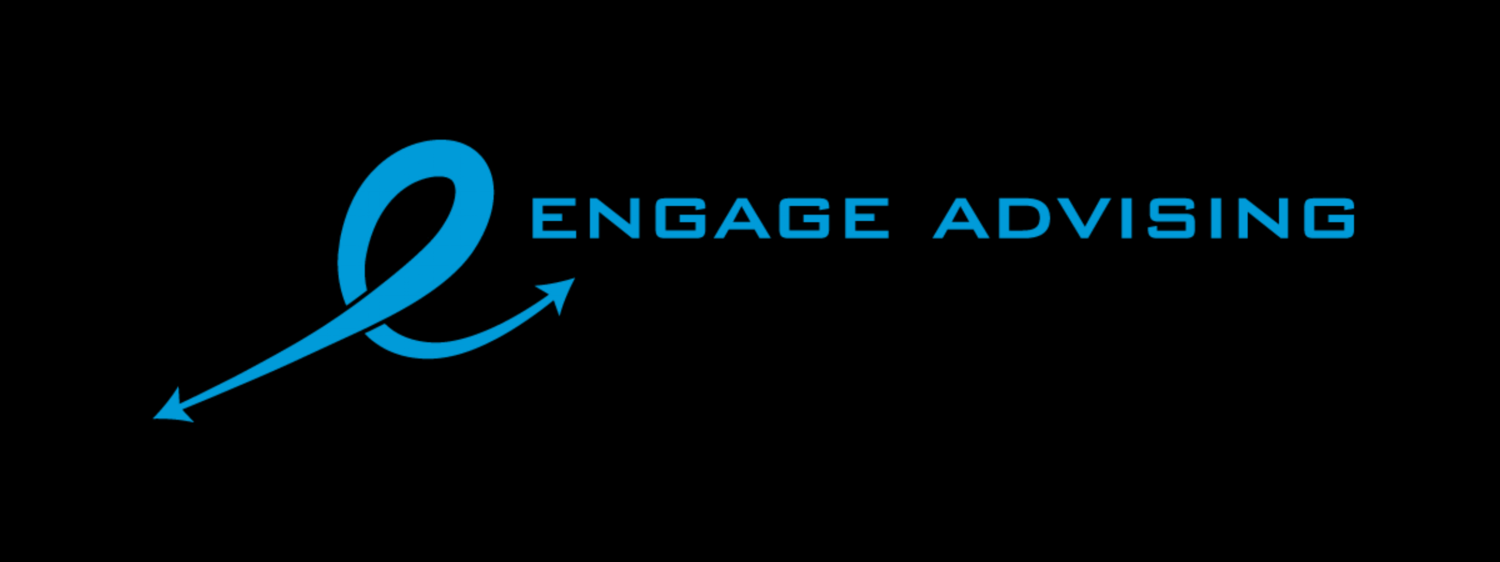Randy and I visiting Sedona with our friend Sandi.
The summer travel season is just kicking off and it can be a challenge to control your urge to splurge on a fabulous vacation. Memorial Day officially launches the summer travel season. June is rapidly approaching and is a very busy month with festivals, concerts, special events, weddings and many people taking time off while the kids are out of school. A good summer vacation doesn’t have to break the bank and bust your budget. Consider the following tips to save money.
Airfare is usually a major component of the summer travel budget. The airlines are masters at raising ticket prices close to departure dates so consider booking your ticket well in advance to take advantage of lower prices. Be sure to ask for senior discounts or auto club membership discounts. Also, consider not checking bags! I know, I am going to hear it on this one. Most carriers allow one roller bag and one carryon bag. If your children are ticketed passengers, that applies to them as well. You can save money on baggage fees and time by not going to baggage claim. Another option, consider using a combination of miles and money if you are a frequent flyer to reduce the ticket cost.
Cactus in bloom at Church on the Rock, Sedona, AZ.
You may not need a pricey hotel. We frequently use a private home rental agency to rent a large condo that sleeps eleven people in Mammoth Lakes, CA. By sharing our rental with other friends, we cut the cost per night per couple to much less than the local hotel rates per night. You don’t have to pack the rental with the maximum it will sleep, just find out how many other friends you need to share the cost and make it more affordable than the hotel rate. As a bonus, you’ll be more comfortable, can cook your own meals, and won’t have to deal with hotel room rates, resort charges, parking fees, etc., and everyone can come and go as they please. Another great feature is that many private condo or home rentals also have Jacuzzis or pools!
Consider camping! If you’re the outdoorsy adventurous type, book a campsite well in advance. Camping is still very economical when compared to hotels, private residence rentals and even hostels in many cases.
Take vacations during the “shoulder season”. The shoulder season is that time of year between major seasons when many rentals, hotels, and campsites have lower prices due to lack of demand. You may find that you like shoulder season better than the prime travel season.
Avoid the most popular holiday weekends like 4th of July, Memorial Day and Labor Day. Pick weekends that are lower in popularity and enjoy more space to yourself. Nowadays, you can use Google to look up and research a destination or property and generally Google will tell you the peak times.
Sedona, AZ May 2018.
Set a budget and research destination activity costs and meal price averages. By knowing these costs in advance, you can set a target fund goal for your vacation. In many cases, if you reserve activities in advance and stick to your schedule you can save on the activity price.
Get creative! Rethink your travel dates, share accommodations with friends, and reconsider your approach to vacation. Many of these tips can save you money and if you combine the tips you can save a lot of cash and maybe some of your sanity.
As an independent CERTIFIED FINANCIAL PLANNER™, I can help you make financial decisions and budget for your summer getaway. Contact me and let’s get started. #talktometuesday #getstarted #HowIcanHelpYou #GetHelp #Hireaplanner #summervacation #vacation #CFPPro #savemoney






































